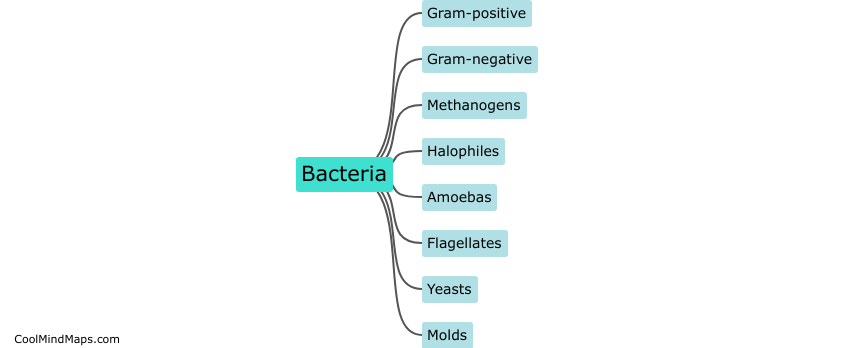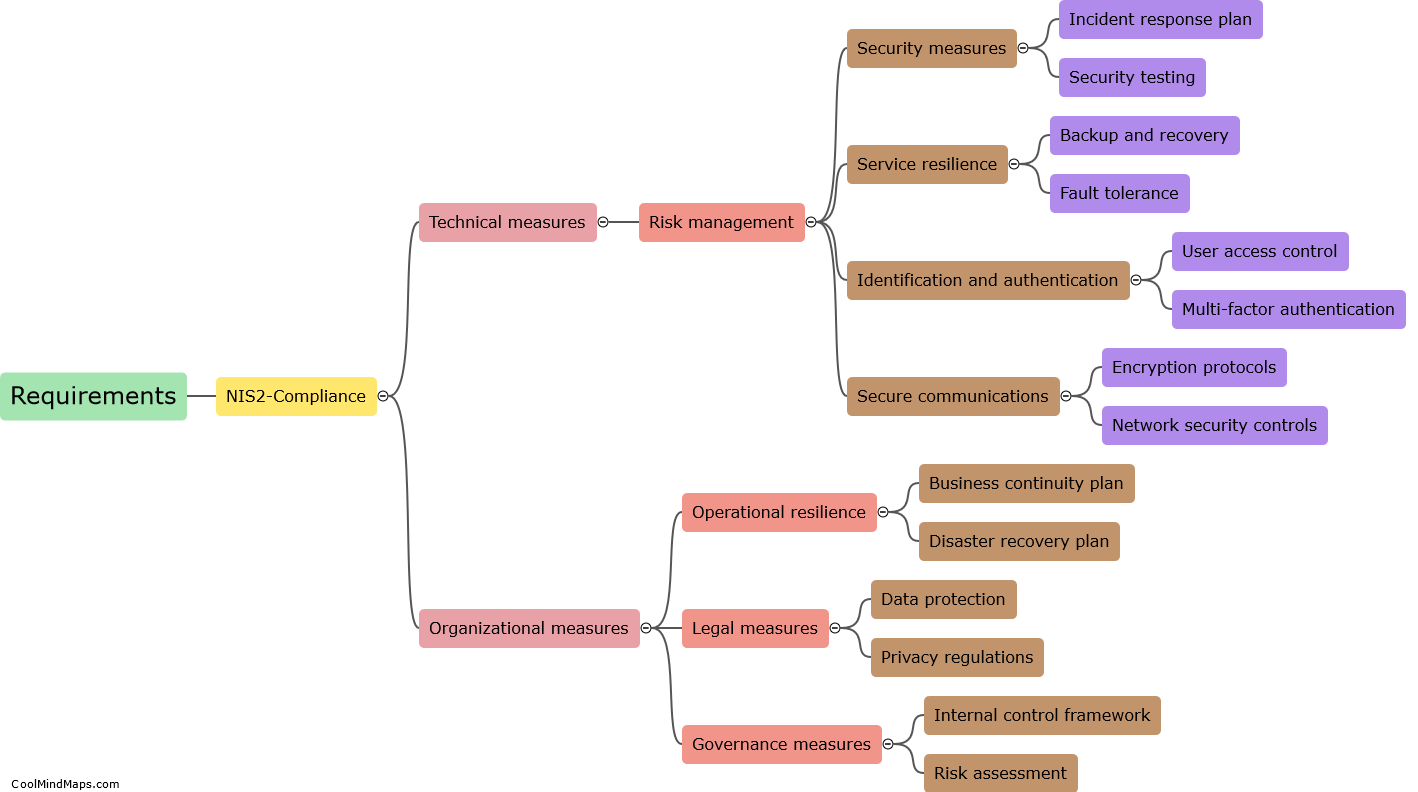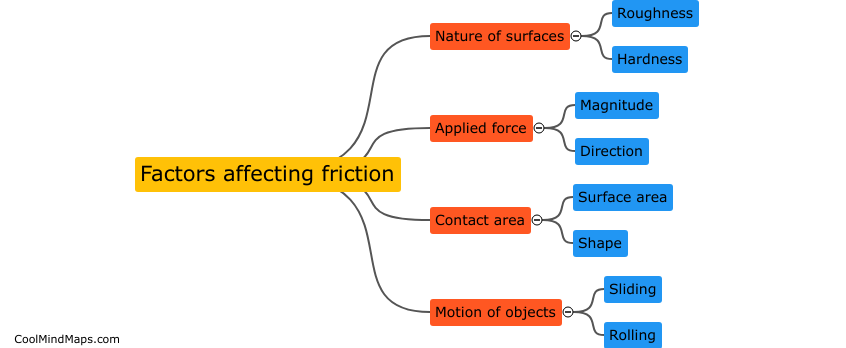What are the types of microorganisms?
Microorganisms are classified into several different types based on their characteristics and structures. These include bacteria, which are single-celled organisms that can be found in a variety of environments; viruses, which are not considered living organisms but are capable of infecting other living organisms; fungi, which can be single-celled or multicellular and are known for their ability to decompose organic matter; protozoa, which are single-celled organisms that can move and feed on other organisms; and algae, which are photosynthetic organisms that can be found in aquatic environments. Each type of microorganism plays a unique role in the ecosystem and has specific characteristics that distinguish it from other types.

This mind map was published on 11 August 2024 and has been viewed 59 times.











